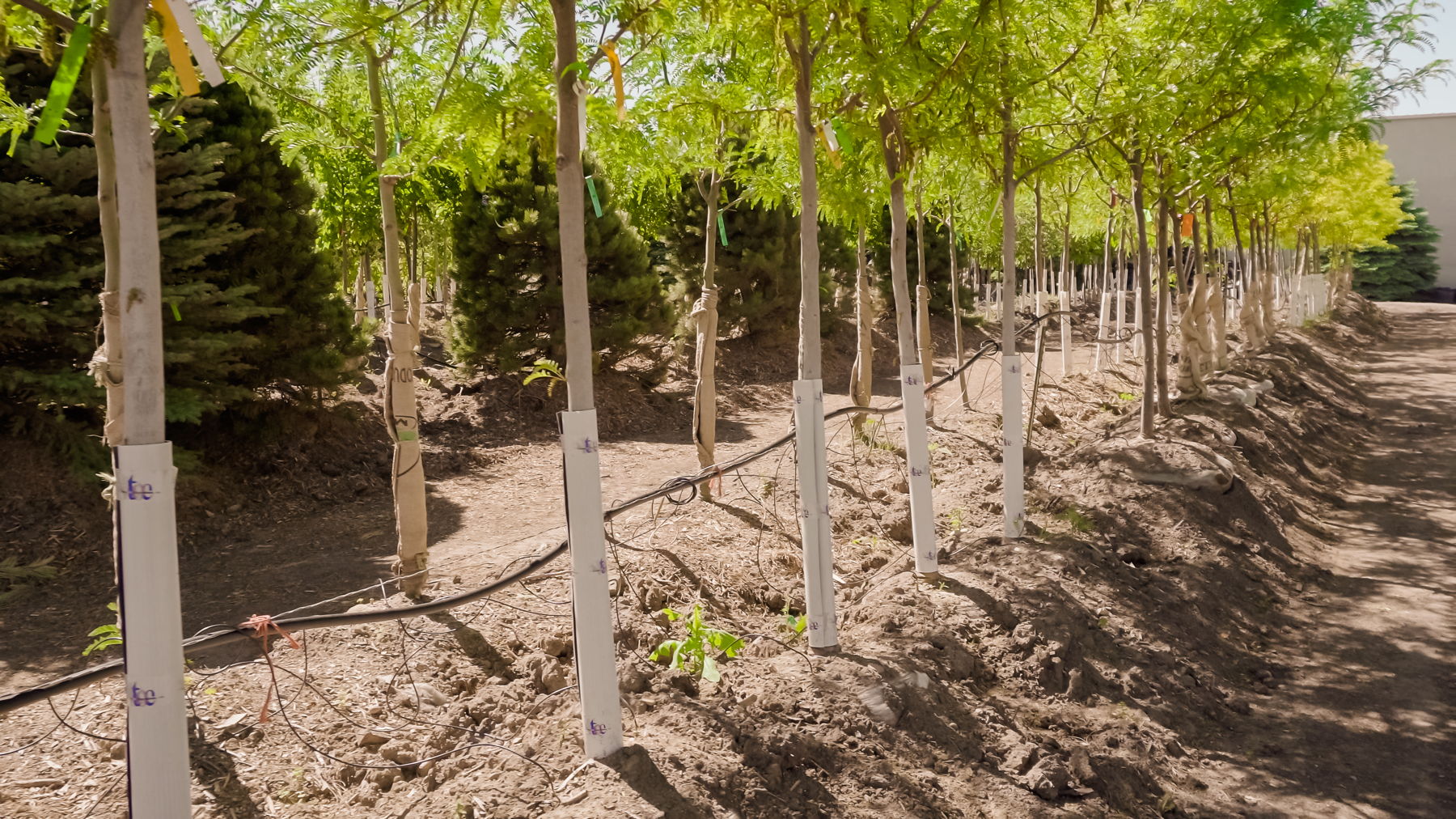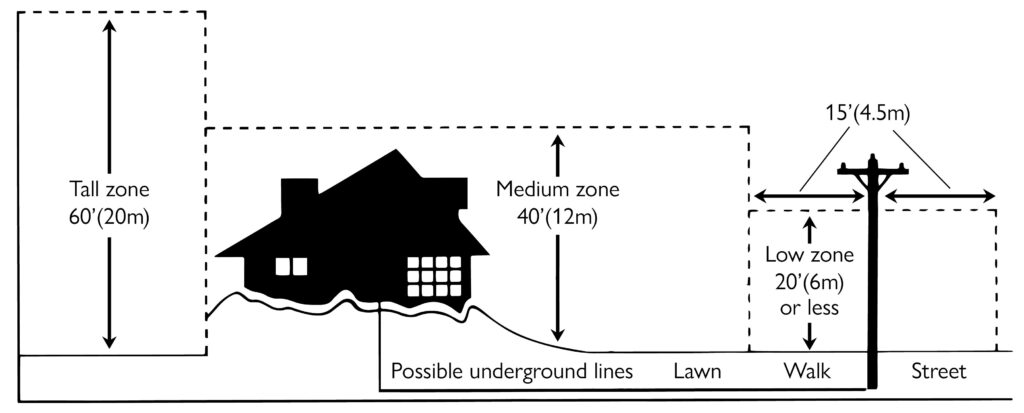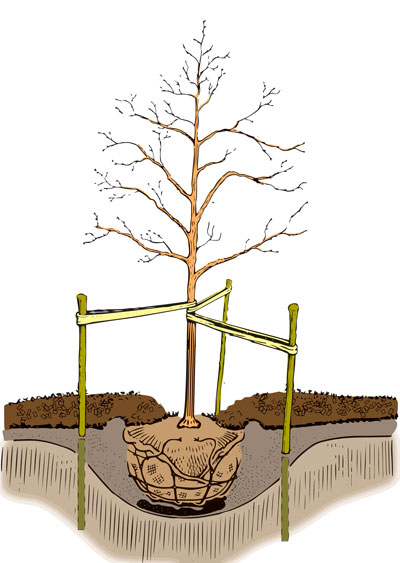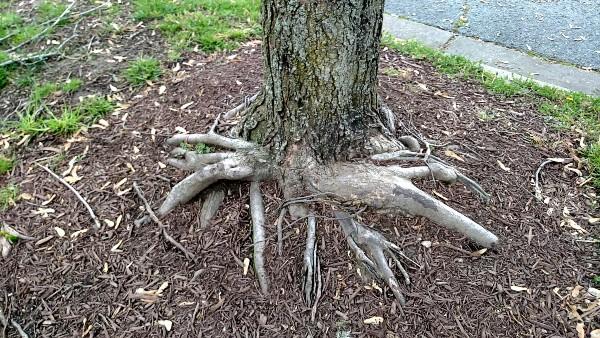Now is the time to plant your tree!

In the spring before they leaf out or in the fall after the leaves fall off are great times to start new trees.
Everybody likes the idea of fast-growing trees. The common wish is that a tree will grow into a shade tree quickly, then STOP growing. Fast growing trees; for example: Hybrid Poplar (I don’t like to even talk about them), Leyland Cypress, Weeping Willow, and Arborvitae Green Giant have potential for quick shade.
Fact: Fast Growing Trees = Weak Trees.
Hybrid Poplars have great advertisements in the tree catalog. What you did not know is that they so grow fast the roots often run above the ground (sorry lawnmower), and they have a sticky spring bud; and once they mature, they break like uncooked pasta in a storm.
You will find that slower growing shade trees like Red Oak, White Oak, Green Mountain Sugar Maple, and Red Sunset Maple will be trees that will add value and beauty to your property. Plus, they are storm strong.
Above all of this, there is such a thing as good nursery stock; and poor nursery stock, as in the stuff that was not pruned and has a poor limb structure. A good nursery will have the trees pruned from little on up to make for a strong tree.
Are you the plant-it-yourself kind of person?
Our friends at Conestoga Nursery in East Earl will do a great job offering a quality tree, and helpful suggestions -all at a great value. They open for the season March 23, 2024.
Towns Edge Garden Center in Blue Ball is another local, hard working nursery that not only sells trees, but have people who can help you select the correct tree.
When selecting a tree consider the size of the mature tree. Small, ornamental trees are great for near buildings, large trees are great as “anchor objects” or areas where they have room to grow. Planting large species trees under powerlines is the result of poor planning!

Image credit: treesaregood.org
Avoid planting a tree too deep. This is a common simple mistake that is easily avoided. When planting a tree, plant just below the first feeder root. Stake the new tree to support it until the roots are established and the ground settles around the new planting.

Image credit: treesaregood.org
Planting a tree too deep is one of the common reasons for a girdled root. When you are planting, also check the root ball for feeder roots that are circling the ball. This is most common on potted trees. The roots in the pot have nowhere to go except around the pot. If the tree is planted like this, the roots will not automatically correct themselves. Rather, the roots will continue to restrict the growth of the tree. Often leading to a pre-mature death or slow growing tree.
Plant a tree. Invest in the future.

Image credit: University of Maryland
